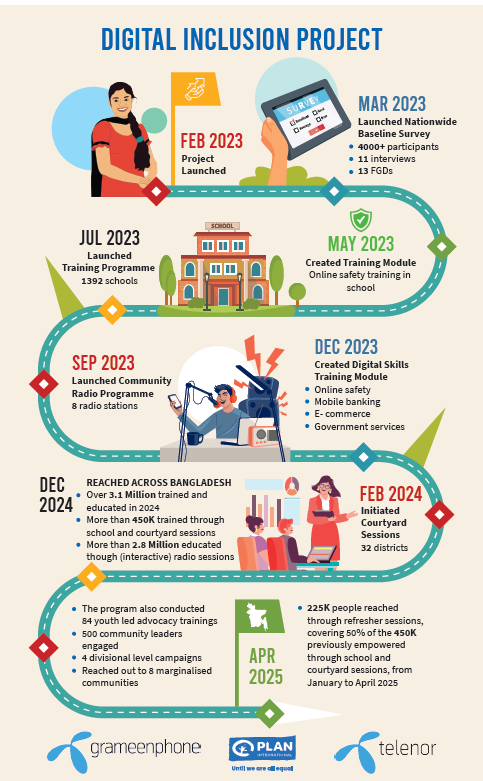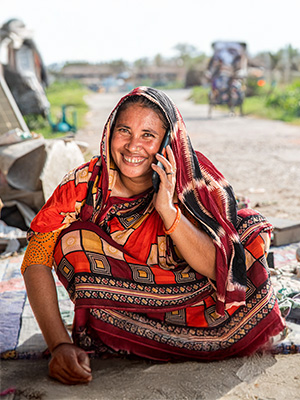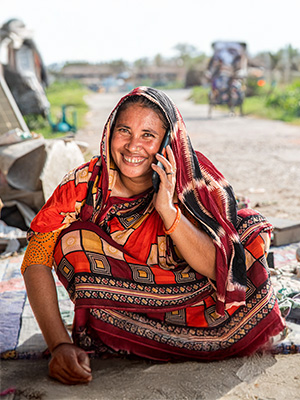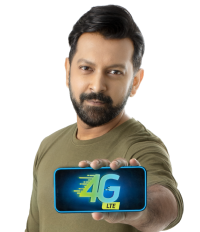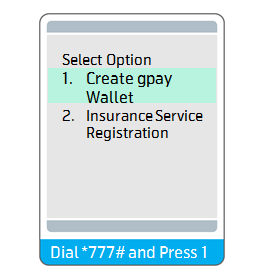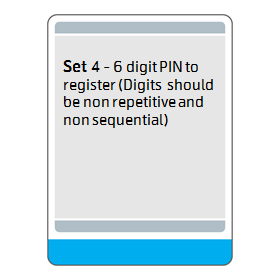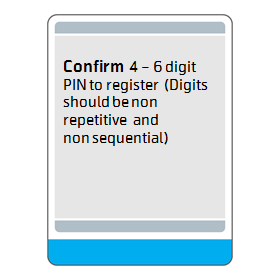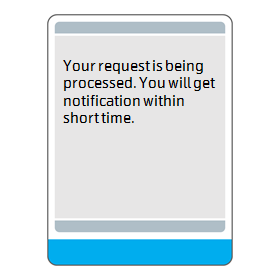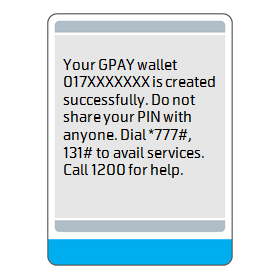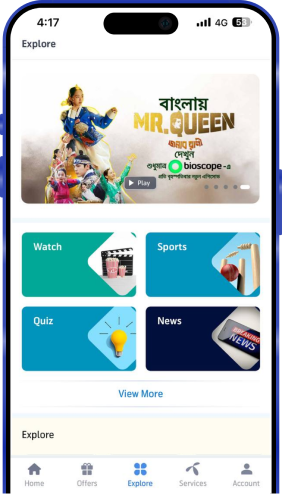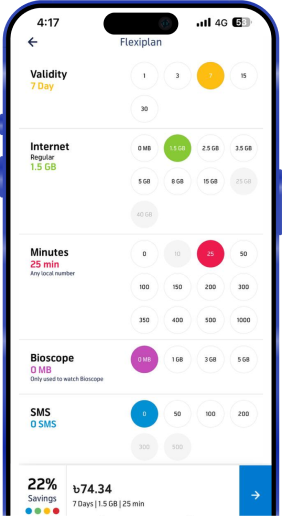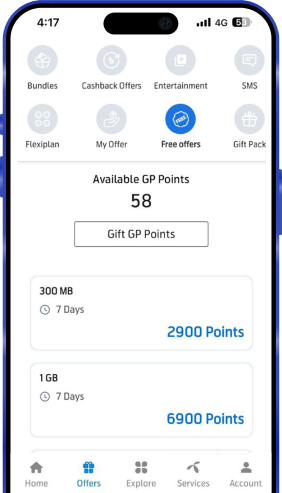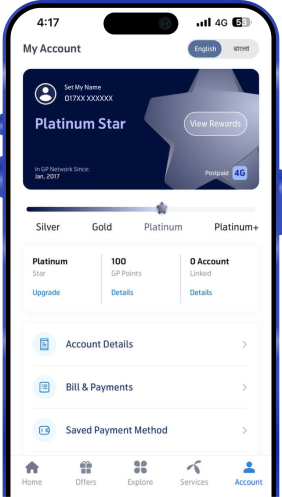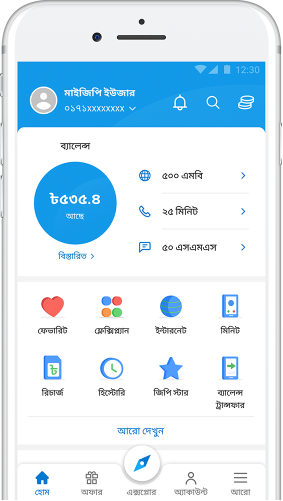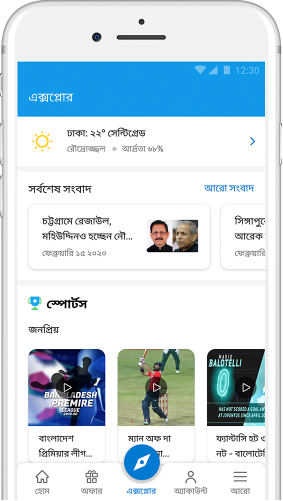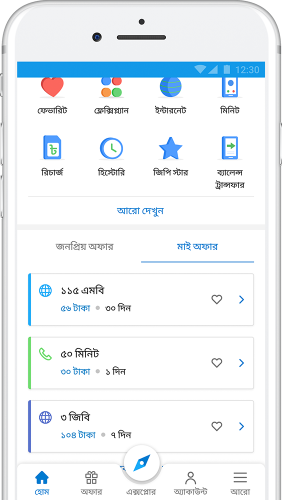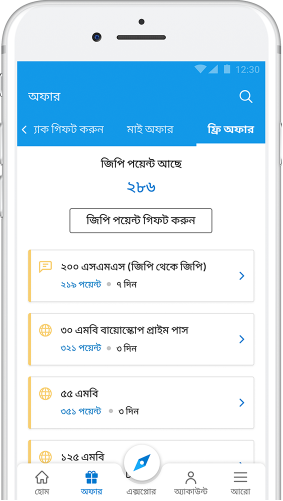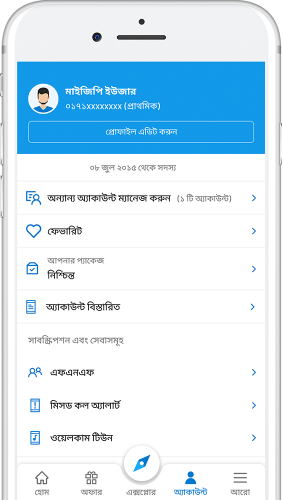In the quiet corners of Bangladesh from tea gardens in Sylhet to alleys in Narayanganj, from flood-prone char regions to courtyard gatherings in rural towns, a silent transformation is taking root.
It’s powered not by machines, but by hope. At its heart is a simple but powerful idea: everyone deserves a safe, empowering digital space. In an increasingly digital Bangladesh, knowing how to use the internet safely and meaningfully is no longer a luxury it’s a lifeline, a gateway to education, essential services, and livelihood opportunities. However, the benefits of connectivity do not reach everyone equally. For many communities, tea garden workers, people with disabilities, the transgender community, girls and youth at risk of Child Early Forced Marriage (CEFM) and those living in climate impacted or remote areas, access to the digital world is blocked not just by infrastructure, but by a lack of digital literacy and opportunities to learn, social stigma and safety concerns.
Opening digital doors for the left behind
The initiative was born to bridge that gap. To bring the power of digital knowledge and opportunity to the people who need it most. Launched in 2023, the Safe Digital Space for Girls and Youth Project, a joint effort by Plan International Bangladesh, Telenor, and Grameenphone set out to bridge the digital divide for the country’s most marginalised communities with a mission to improve digital knowledge, skills, and safety. When the journey took shape, it wasn’t built for the mainstream. It was crafted for those who usually don’t make it into the frame, the tea pickers, the transgender youth, the girls dropping out of school, the children growing up on the streets, the families broken by climate disasters, and those with disabilities navigating a world not designed for them.
A digital awakening, a path to possibility
By equipping these communities with digital skills, a door opens to knowledge, to income, to belonging. This transformation empowers people not just to access information, but to change their own stories - earn a living, speak up, and step into spaces they were once excluded from. To be seen. To be heard. And to shape not only their futures but also contribute meaningfully to Bangladesh’s growing digital economy.
Impact that goes beyond numbers
The impact has been breathtaking: as of 30 April 2025, over 3.3 million people have been educated and empowered with digital skills, opening new doors they never imagined possible. Behind each number is a voice, a dream, a family. Behind each session, a local facilitator, someone from their own community patiently walked them through the digital world, in a language and rhythm they understood.
Adapting learning to fit lives and landscapes
Courtyard sessions, a culturally embedded learning space in rural Bangladesh, were held to create safe and familiar environments where girls and families could speak freely. Here, the internet was no longer something to fear it became a tool to dream. Eighty-four youth-led campaigns bloomed across the country, championing safe internet use and digital literacy in schools, on the streets, and in community halls. Five hundred local leaders — elders, teachers, religious figures — were engaged to anchor the work and ensure it lived beyond workshops and training. And where roads couldn’t go, the radio did. Carefully crafted programs sparked dialogue in distant corners, reaching an estimated 2.8 million listeners, many of whom had never heard themselves reflected in mainstream media before. It was entertaining, accessible, and most importantly, inclusive, reaching even those who couldn’t read or write.
Not a campaign, but a movement
This wasn’t just a campaign; it was a movement built on trust. And it worked because it was layered, thoughtful, and deeply local. This initiative began not with instruction, but with intention — to listen deeply, to learn, to understand, and to nurture change from within. But real change doesn’t come from one-off training. Trust was placed in young people, shaping them into digital ambassadors, and in respected community voices, elders, teachers, and influencers who could carry the message forward in ways that felt authentic and embraced. 150 community facilitators
were trained as long-term changemakers rooted in their own villages, towns, and neighborhoods. And throughout it all, a keen ear for the community’s voice drove our actions. Impact isn’t measured in attendance sheets, it’s heard in stories, seen in everyday shifts, and felt in the confidence of someone who once felt invisible. A dynamic, responsive framework ensured that community voices are shaped at every step. Regular storytelling circles, feedback loops, and space for honest reflection. When communities spoke, the efforts adapted. When something wasn’t
working, the response evolved. The outreach extended to communities that had been left behind. And in return, they reached back with curiosity, resilience, and with an unshakable hunger to learn. Because in the end, this isn’t just about statistics. It’s about dignity. The kind that grows when someone finally feels seen, connected, and in control of their own future.
